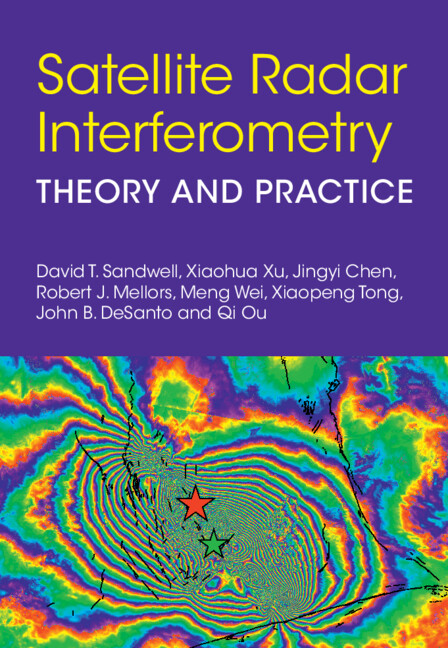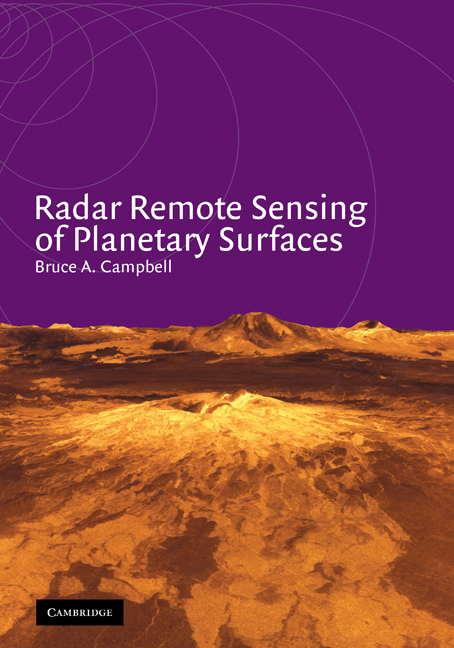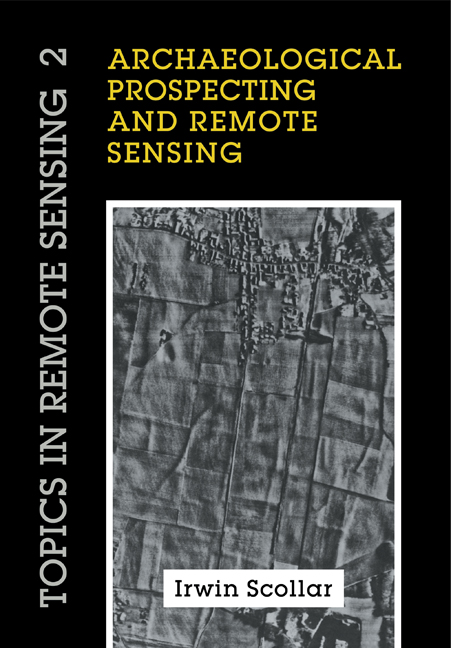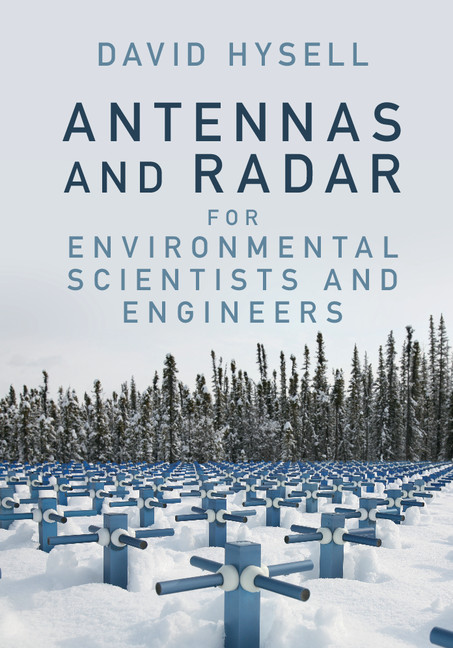Satellite Radar Interferometry
Synthetic Aperture Radar Interferometry (InSAR) is an active remote sensing method that uses repeated radar scans of the Earth's solid surface to measure relative deformation at centimeter precision over a wide swath. It has revolutionized our understanding of the earthquake cycle, volcanic eruptions, landslides, glacier flow, ice grounding lines, ground fluid injection/withdrawal, underground nuclear tests, and other applications requiring high spatial resolution measurements of ground deformation. This book examines the theory behind and the applications of InSAR for measuring surface deformation. The most recent generation of InSAR satellites have transformed the method from investigating 10's to 100's of SAR images to processing 1000's and 10,000's of images using a wide range of computer facilities. This book is intended for students and researchers in the physical sciences, particularly for those working in geophysics, natural hazards, space geodesy, and remote sensing. This title is also available as Open Access on Cambridge Core.
- Includes exercises for students at the end of each chapter, along with their solutions
- Documents the mathematical algorithms used in the GMTSAR processing package
- Offers the open-source, GMTSAR software package to process data from the latest InSAR satellites for research and applications
- This title is also available as Open Access on Cambridge Core
Product details
July 2025Adobe eBook Reader
9781009606202
0 pages
Not yet published - available from July 2025
Table of Contents
- Preface and acknowledgements
- 1. Introduction
- 2 Principles of synthetic aperture radar
- 3. Satellite orbits
- 4. SAR image formation
- 5. Interferometric processing
- 6. Coherence, filtering, and phase gradient
- 7. Phase unwrapping
- 8. SAR modes
- 9. Troposphere, ionosphere, and tide corrections
- 10. Complementary approaches and time series
- 11. Integration of InSAR and GNSS
- Bibliography
- Index.






